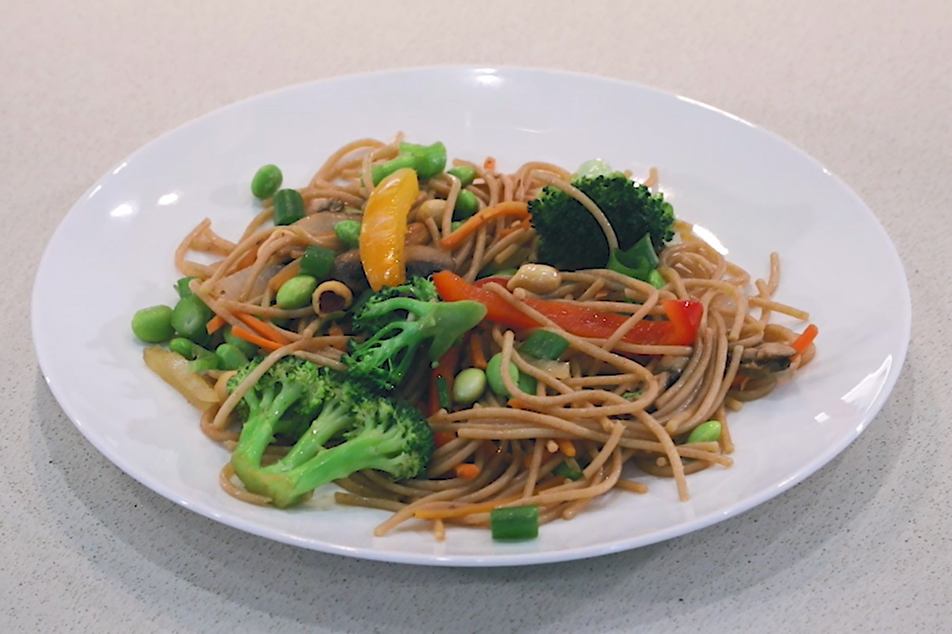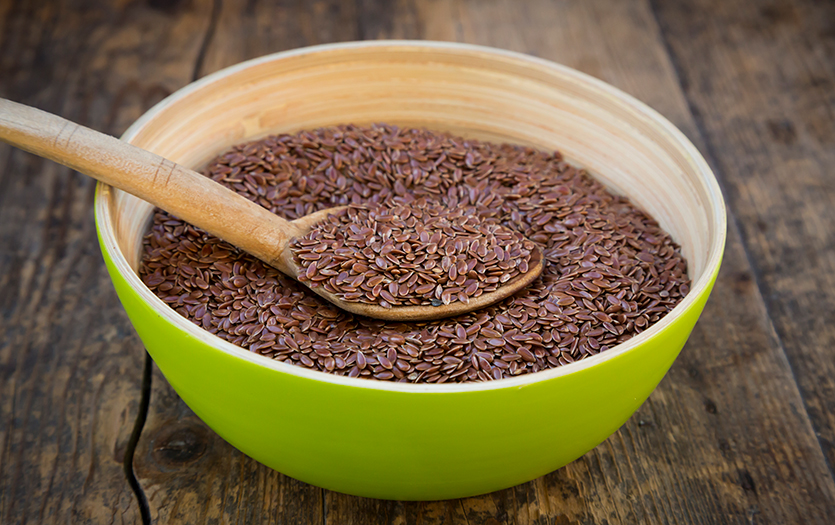This content was provided by Sarah Mohrman, RDN, and Sara Bennett, RDN, Parkview Heart Institute.
A whole-food, plant-based diet is beneficial for your heart health, and proven to lower blood pressure, aid weight loss and improve cholesterol levels. Not to mention you’ll feel great. The goal with this diet is to try to eat food in its most natural form as opposed to a processed form.
Here are some examples of healthy, plant-based meal options:
Breakfast
Mix different cereals with a high fiber content, and add fresh berries, almond milk and 1-2 tablespoons of chia seeds on top, for a dose of omega-3 fatty acids.
Lunch
Use a high fiber tortilla to make a veggie quesadilla. Add about ½ cup natural hummus and all of your favorite vegetables.

Dinner
Try a 15-minute veggie lo mein. Start with whole wheat, lentil, hearts of palm or zucchini noodles, and add in fresh vegetables. Top with green onions, edamame and peanuts for protein.
Snacks
Fresh, whole fruit is always a great option filled with fiber.
Another great option is no bake energy balls. Combine natural peanut butter (with little to no hydrogenated oils), flaxseed (a great source of fiber and omega-3 fatty acids), rolled oats, a little honey and dairy free chocolate chips. Form them into balls and keep in the refrigerator.
A natural hummus is a tasty treat and delicious paired with raw veggies or whole grain crackers.
Overall, if you’re struggling with getting enough protein, consider incorporating things like mixed nuts, natural almond butter, black beans and chickpeas (garbanzo beans), which are delicious when roasted or put on top of salads.
Ask yourself at each meal, “How can I make this healthier?” This is a great way to begin your journey toward feeling better and being a better you.



